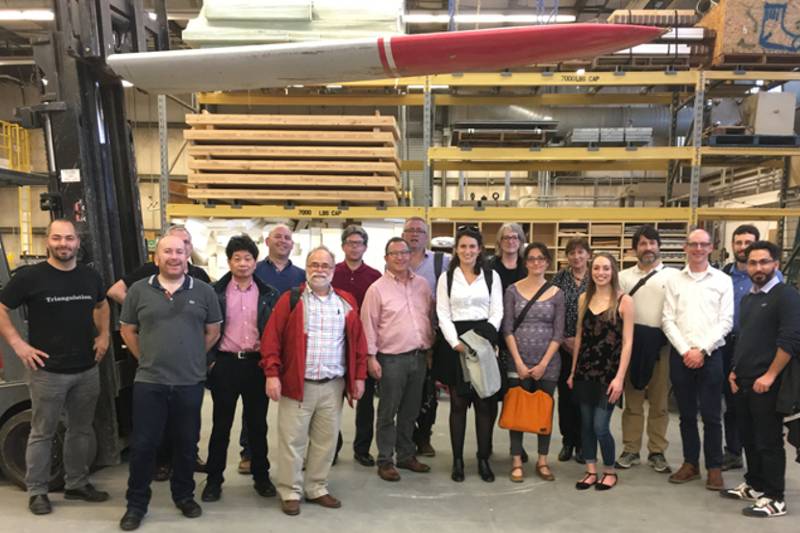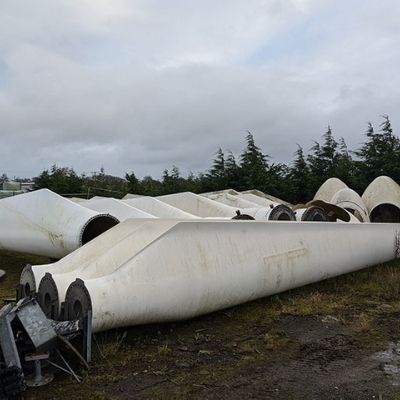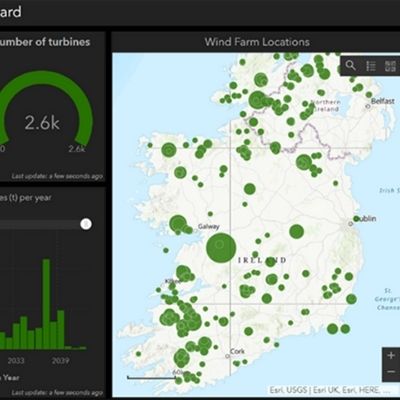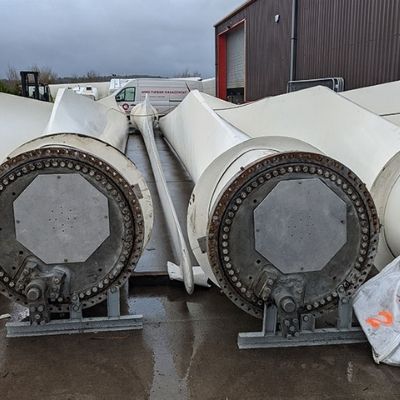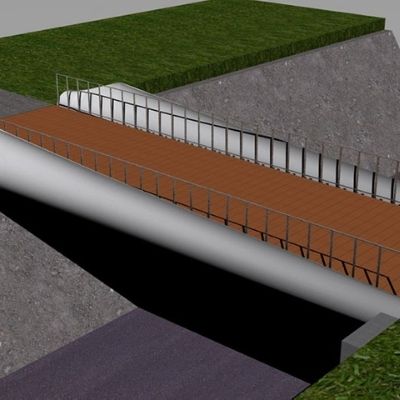Re-Wind: Reuse and Recycling of Decommissioned Composite Material Wind Turbine Blades
The overarching philosophy of the RE-Wind project follows the US Environmental Protection Agency (EPA) and EU Waste Directive (EU, 2008) waste management hierarchy popularized by the mantra: Reduce, Reuse, Recycle. The Re-Wind project tales this further and explores sustainable repurposing strategies for wind turbine blades. Re-Wind is based on the concepts of cradle–to–cradle product design. The circular economy philosophy emphasizes the need to make products that can be always be remade and reused.
The project engages with an international multidisciplinary team with researchers from engineering, architecture, geography, political and social science and Local Development Experts.
This work is supported by InvestNI/Department for the Economy (DFE), Grant USI-116; by Science Foundation Ireland, Grant 16/US/3334; and by the U.S. National Science Foundation under grants numbers 1701413 and 1701694, under the project “Re-Wind”.
Recent papers published by the Research group:
Delaney E., Bank L., Gentry R., Graham C., Leahy P., McKinley J.M., Megarry W. (2021) An Integrated GIS Approach for Repurposing of FRP Wind Blades. Resources, Conservation and Recycling vol. 170, p. 105601.
https://doi.org/10.1016/j.resconrec.2021.105601
https://www.sciencedirect.com/science/article/pii/S092134492100210X
P. Deeney et al., “Multi-criteria Decision Analysis using the Sustainable Development Goals for end-of life choices for wind turbine blades,” Resour. Conserv. Recycl., p. 105642, 2021.
Nagle, A.J., Delaney, E.L., Bank, L.C., Leahy, P.G., 2020. A Comparative Life Cycle Assessment between landfilling and Co-Processing of waste from decommissioned Irish wind turbine blades. Journal of Cleaner Production 277, 123321. https://doi.org/10.1016/j.jclepro.2020.123321
Raj Suhail, Jian-Fei Chen, Russell Gentry, Benjamin Taristro-Hart, Yicong Xue and Lawrence C. Bank, “Analysis and Design of a Pedestrian Bridge with Decommissioned FRP Windblades and Concrete” proceedings of FRPRCS14, Belfast, UK, June 4-7, 2019, paper no. 176.
Bank, Lawrence, Arias, F., Yazdanbakhsh, A., Gentry, T., Al-Haddad, T., Chen, J.-F., Morrow, R., 2018. Concepts for Reusing Composite Materials from Decommissioned Wind Turbine Blades in Affordable Housing. Recycling 3, 3. https://doi.org/10.3390/recycling3010003
Bank, L., Chen, J.-F., Gentry, R., Leahy, P., Nagle, A., Tasistro-Hart, B., Graham, C., Delaney, E., Gough, F., Arias, F., Mullally, G., Lemmertz, H., McKinley, J., Nicholl, M., Dunphy, N., Suhail, R., Morrow, R., Al-Haddad, T., 2018. RE-Wind Design Atlas.
The project includes a collaborative US-Ireland research team from QUB, UCC, CUNY and Georgia Tech
- Prof Jennifer McKinley (Principal Investigator, QUB)
- Prof Marios Soutsos (QUB)
- Dr Chantelle Niblock (QUB)
- Mr Conor Graham (QUB)
- PhD student Emma Delaney (QUB)
- PDRA Dr An Huynh (QUB)
Former QUB staff
- Dr Raj Suhail
- Prof Jian-Fei Chen
- Prof Ruth Morrow
Others
- Dr Russell Gentry, Georgia Tech, Atlanta (visiting researcher QUB)
- Dr. Lawrence Bank (Re-Wind Lead Principal Investigator), Georgia Tech, City University of New York.
- Dr. Paul Leahy, University College Cork (UCC)
Goal 7: Ensure access to affordable, reliable, sustainable and modern energy for all
Goal 9: Build resilient infrastructure, promote inclusive and sustainable industrialization and foster innovation
Goal 11: Make cities and human settlements inclusive, safe, resilient and sustainable
Goal 12: Ensure sustainable consumption and production patterns
Goal 13: Take urgent action to combat climate change and its impact
RECENT NEWS
- This Group Is Helping Find New Ways to Recycle Old Wind Turbine Blades - Time
- Wind Turbine Blades Could Soon Appear on Your Street - Newsweek
- Renewable energy: The upcycled wind turbines getting a second life - BBC News
- Wind turbine blades repurposed into bridges - The Independent
OTHER NEWS ARTICLES
- Georgia Tech PI Russell Gentry and Logisticus President Vikash Patel interviewed for the GSA Business Report
- Re-Wind BladeBridge in Cork featured on EnergyLiveNews
- Re-Wind team members Angela Nagle and Larry Bank quoted in recent Grist Article
RELATED PROJECTS
- Emma Delaney, PhD Studentship (QUB)
- Dr An Huynh, Post doctoral Research Assistant (QUB)
- EC&R and S&B Clusters and Centre for GIS and Geomatics
RELATED PEOPLE
- Dr Russell Gentry, Georgia Tech, Atlanta (visiting researcher QUB)

